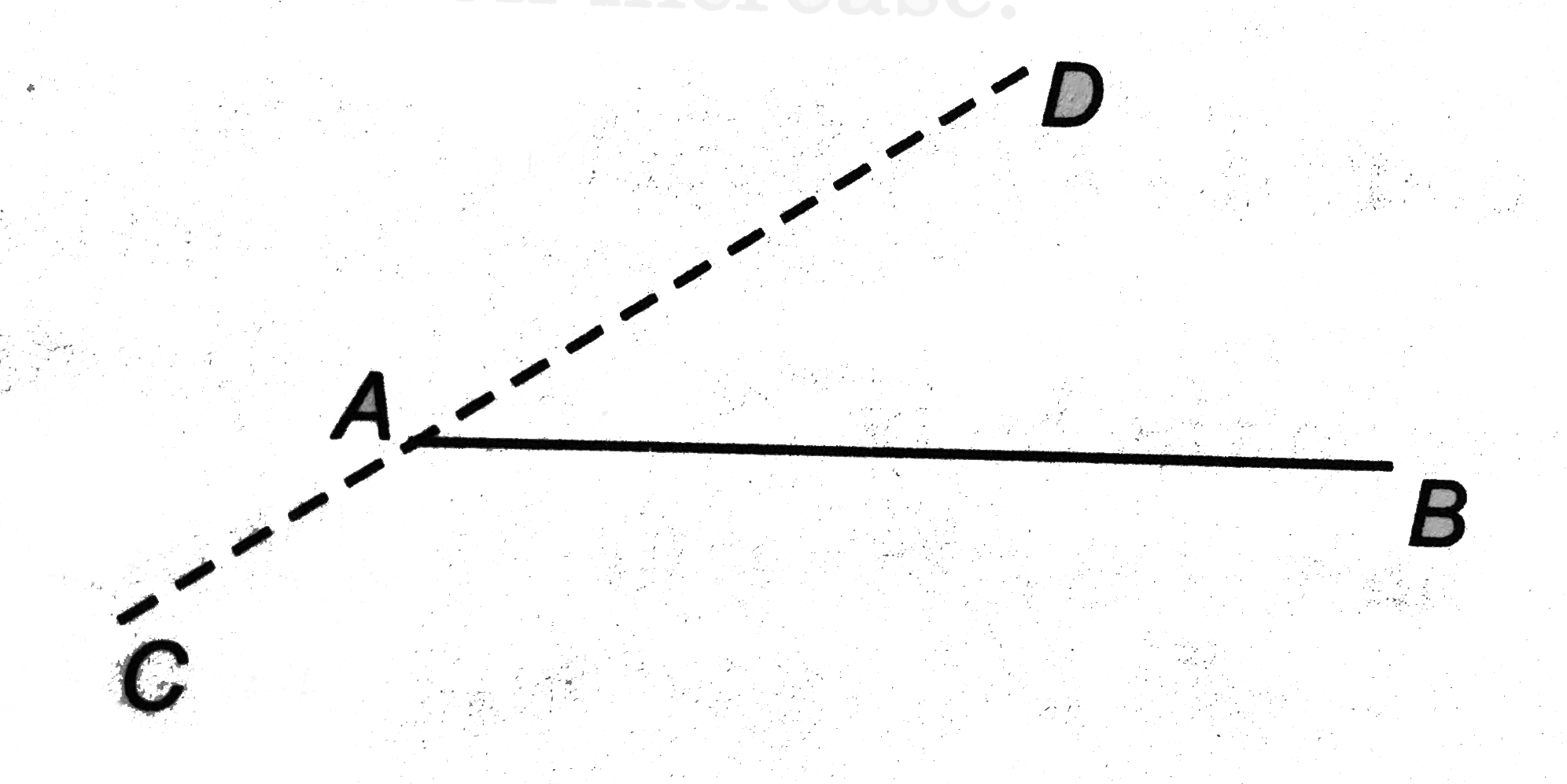State and prove theorem of perpendicular axes.
Video Solution
|
Answer
Step by step video & image solution for State and prove theorem of perpendicular axes. by Physics experts to help you in doubts & scoring excellent marks in Class 11 exams.
Updated on:21/07/2023Topper's Solved these Questions
- System of particles & rotational MotionBook:SL ARORAChapter:System of particles & rotational MotionExercise:EXERCISE
Explore 353 Videos
- ROTATIONAL MOTIONBook:SL ARORAChapter:ROTATIONAL MOTIONExercise:Problem for self practice
Explore 90 Videos
- Thermal Properties of MatterBook:SL ARORAChapter:Thermal Properties of MatterExercise:Exercise
Explore 449 Videos
Similar Questions
Knowledge Check
By the theorem of perpendicular axes, if a body be in X-Z-plane then :-
AIX−IY=IZBIZ+IY=IXCIZ+Ix=IYDIy+IZ=IX
Assertion: There is a thin rod AB and a dotted line CD. All the axes we are talking about are perpendicular to plane . As we take different axes moving from A to D, moment of inertia of the rod may first decrease then increase.
Reason: Theorem of perpendicular axis cannot be applied here.AIf both Assertion and Reason are true and the Reason is correct explanation of the Assertion.BIf both Assertion and Reason are true but Reason is not the correct explanation of Assertion.CIf assertion is true, but the reaction is false.DIf assertion is false but the reason is true.By the theorem of perpendicular axes, if a body be in X-Z-plane then :-
AIx−Iy=IzBIx+Iz=IyCIx+Iy=IzDIy+Iz=Ix
State and prove theorem of parallel axes.
View SolutionState and prove theorem of parallel axes.
View SolutionState and prove Baye's theorem.
View SolutionState theorem of parallel axes and therom of perpendi cular axes about moment of inertia.
View SolutionBy the theorem of parallel axes:
View Solution